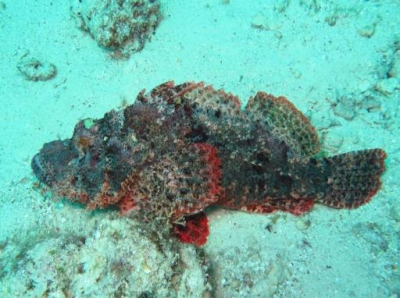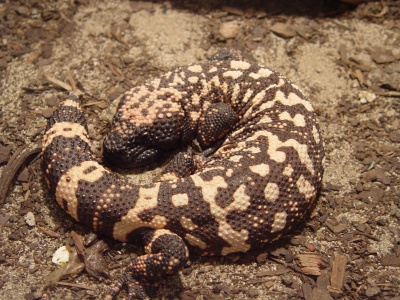Why are stonefish so poisonous?

Stonefish is perhaps one of the world's best camouflaged fish. But it is also the most venomous. Found in shallow waters of the tropical Indo-Pacific, stonefish stay in the muddy or rocky bottoms of marine environments, living among rocks or coral. It may look like a stone on the ocean floor and deceptively stays blended with the ocean floor while hunting. The skin covered by wart-like lumps helps it in camouflage. It has venomous spines and when stepped on accidentally or there is a contact, it can sting. The sting is painful and can be fatal. Did you know that the fish is a delicacy in certain parts of Asia after its venomous spines are removed.
Picture Credit: Google

